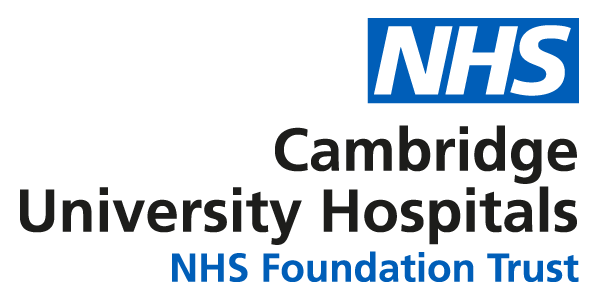Home delivery company 24-hour helpline
Abbott Hospital to Home: 0800 0183799
Nutricia Homeward: 03457 623632
Fresenius Homecare: 0808 1001990
About nasojejunal (NJ) tubes
What is a nasojejunal tube?
A nasojejunal (NJ) tube is a soft tube which goes down your nose, passes through your stomach and ends in a part of your small bowel called the jejunum. This allows food and water to enter your small bowel directly where it will be absorbed. This tube is usually placed in Endoscopy.

Why do I have an NJ tube?
You have this tube because you are unable to tolerate having enough food in your stomach to keep you healthy. It provides a safe route for you to receive all the nutrients you need whilst avoiding the sickness you may feel when food is in your stomach.
How long do I need to have my NJ tube?
This varies depending on the reason why you have an NJ tube. You will be regularly reviewed by a dietitian who will advise you how long you may require the tube.
If you need a feeding tube permanently, your team will discuss with you having a tube placed directly into your jejunum through your stomach wall.
How long does my tube last for?
If well cared for, NJ tubes can last up to 12 weeks, at which point it will need to be replaced. If your tube needs to be changed it is likely that you will need an endoscopy.
How does the tube stay in place?
The NJ tube is secured with tape to your nose and your cheek. It is important to secure it in this way to reduce the risk of it being dislodged.
There are measurements along the tube which can tell you if it has moved. In some cases, it possible for the measurement at the nostril to remain the same but for the tube tip to have moved from your jejunum back up into your stomach.
Can I change the tape?
Yes, we recommend that the tape is changed at least once per week, or if it becomes loose. The nose and cheek can be cleaned with warm water and soap. Pat dry well and check your nostril for any damage or change in colour before applying new tape.
- Remove the nasal tape first, leaving the cheek dressing in place so that the tube does not fall out. Clean as instructed above.
- Once this is completed then replace the dressing on the cheek.
You may want someone to help you do this is this would be easier.
How do I check that the tube is in the right place?
There is no need to regularly check the position of your tube as we do with tubes going into your stomach. However, check the measurements on your tube to check it hasn’t been pulled out.
What if my tube falls out?
It is possible for the tube to fall out. Please contact your dietitians or the nutrition nurse specialists for advice regarding replacement. If you have all your food, water and medications down your tube you may need to be admitted into hospital until another tube can be placed.
What if I start feeling, or being, sick when feeding?
This could be a sign that the tip of your NJ tube has moved back into your stomach. Please contact your company nurse who can come and check the position of the tube. You can also contact your dietitian or the nutrition nurse specialists for advice within working hours. If the tube has moved back into your stomach, it will probably have to be replaced.
What if I can’t flush my tube?
You may struggle to flush your tube if it is blocked, or beginning to get blocked. This is usually caused by a buildup of food or medications in the tube. NJ tubes are at high risk of blocking, as they are very long and thin.
To reduce the risk of your tube blocking, follow these simple tips:
- ensure that your feed is flushed as soon as it is finished
- ensure that all medication is mixed properly, and flushes are given in between each medication
- flush the tube with water every four to six hours when you are not feeding.
If your tube does become blocked, try the following:
- massage the tube with your fingers and run your thumb nail along the tube to remove any buildup of food or medications.
- mix one teaspoon of bicarbonate of soda in a cup of very hot water and allow it to fizz. Allow this to cool slightly before drawing it up in a syringe then insert the mixture into the tube, pulling and pushing with the syringe to loosen the blockage.
Never attempt to insert any hot fluid or water down your NJ tube.
Never attempt to unblock your tube by inserting something sharp into your tube.
If you are unable to unblock your tube, please contact your company nurse or the nutrition nurse specialists on 01223 216037 for advice. Your tube may need to be replaced if it cannot be unblocked.
We are smoke-free
Smoking is not allowed anywhere on the hospital campus. For advice and support in quitting, contact your GP or the free NHS stop smoking helpline on 0800 169 0 169.
Other formats
Help accessing this information in other formats is available. To find out more about the services we provide, please visit our patient information help page (see link below) or telephone 01223 256998. www.cuh.nhs.uk/contact-us/accessible-information/
Contact us
Cambridge University Hospitals
NHS Foundation Trust
Hills Road, Cambridge
CB2 0QQ
Telephone +44 (0)1223 245151
https://www.cuh.nhs.uk/contact-us/contact-enquiries/

